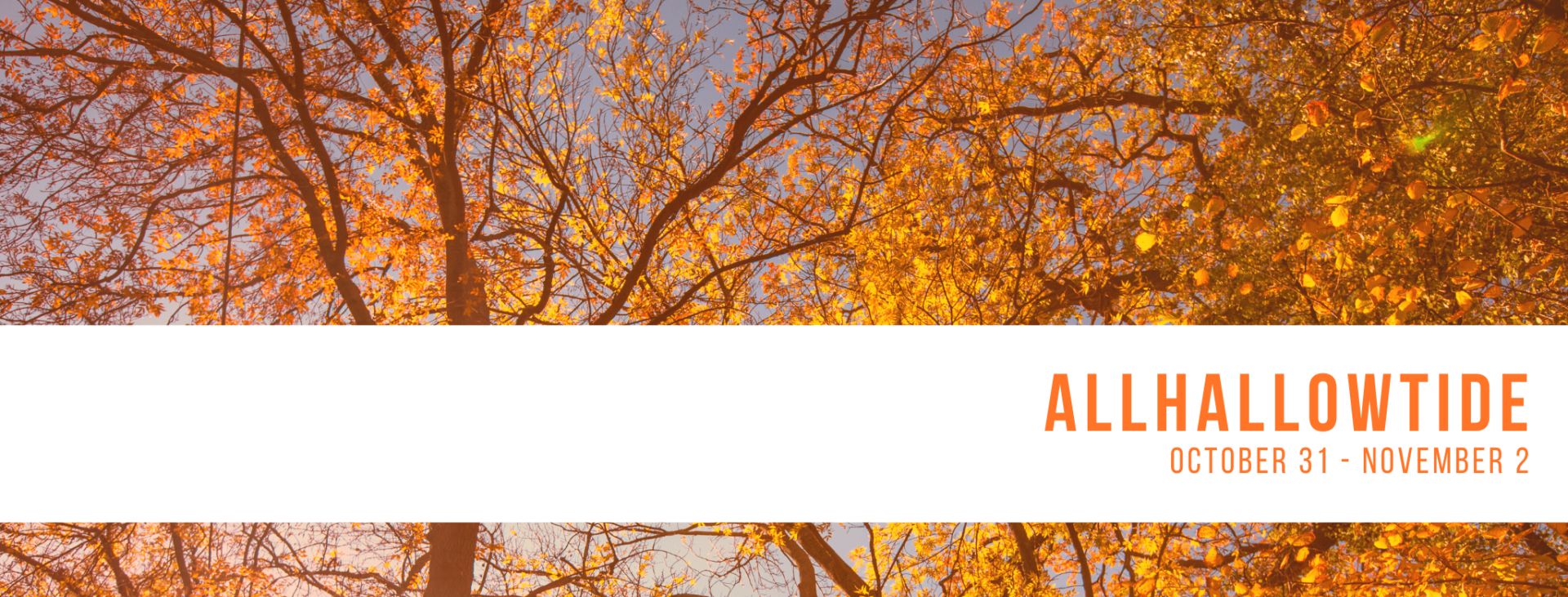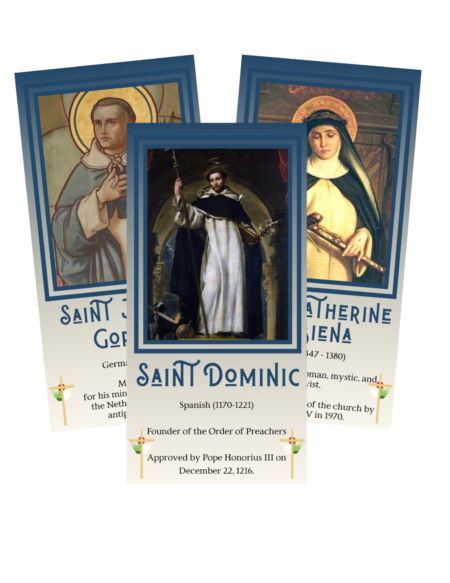
The countdown to Allhallowtide has begun!
Many regions of the country are experiencing some relief from COVID-19 infections and hospitalizations, increasing the prospect that Halloween celebrations may give children and families a welcome respite and a time for enjoyment.
The origins of our modern Halloween rituals lie deep within the human story. Scratch the surface and you’ll find a fascinating history and a tradition worth recovering and appreciating.
The origin of “All Hallows Eve”—or the night before the Catholic feast of All Saints—predates Christianity and is just one cultural expression of humanity’s many attempts to give meaning to the cycle of death and life.
Current U.S. cultural practice seems to have two primary sources: pre-Christian Celtic celebrations of the seasons and the cycle of life and death, called Samhain, and increasingly, a Mexican feast similarly related to traditions of indigenous peoples of the Americas, Dia de los Muertos.
Like any good evangelists, early Christian missionaries to Ireland observed the traditions of the people then repurposed them to help explain the powerful message of Jesus’ triumph over death and sin. That's why our Catholic celebration of All Hallow’s Eve (Halloween), All Saints Day, and All Souls Day—looks very much like its Celtic precursor. In Ireland they think of this as a kind of triduum—three days, one celebration. They call it Allhallowtide.
Rather than being suspicious of the pre-Christian origins of our feasts, we can celebrate the growth in human understanding of the meaning of our living and our dying these traditions—and our Christian observances—represent.
If you'd like, before you send your kids out trick-or-treating, or afterward, you might gather for a moment of prayer in honor of the witness of the saints. Here is a beautiful sung version of the litany of saints that is part of the Easter Vigil liturgy and the rite of profession of vows for consecrated religious women and men. You could listen to this as a family, then create your own litany of the loved ones in your own family who have joined the saints in heaven.
Be in touch If you'd like our sisters to include your loved ones in their prayers during Allhallowtide.
What is Allhallowtide?
This fascinating essay published by the Irish Catholic shares details about what in Ireland was often called Allhallowtide—a tradition worth reclaiming, because it reunites the commercial observance of Halloween with its spiritual origins and layers our annual fall festival with greater depth and meaning.
So, without apology, we encourage your family observance of Allhallowstide. Here are some treats for you!
Listen to a Halloween Podcast Episode
Sister Barbara Blesse and Sister Beth Murphy reminisce with host Jeremiah Washington about Halloween and share insights about the holiday’s connection to the Catholic holy days that follow, All Saints Day and All Soul’s Day.
Throw an All Saints Costume Party
Ever wonder where the tradition of Halloween costumes originates? As stories go, many churches in the Middle Ages were too poor to own actual relics of their martyred saints so they had parishioners dress up as the saints instead. Maybe it's time to switch up your family tradition and throw an All Saints family costume party. Here are some ideas.
- Have each person choose their patron saint for the night, doing a little research on the history of their saint and preparing a few trivia questions for the party.
- Start the evening by praying a rosary dedicated to the faithful departed.
Eternal rest grant unto them o Lord and let perpetual light shine upon them. May they rest in peace.
Amen.
3. Follow the rosary with a candlelit procession to a graveyard—well, a makeshift one at least! Have fun making your own graveyard out of cardboard boxes, wooden pallets, scrap lumber, or really anything you have around the house. You should make at least four cross headstones representing departed family, departed friends, departed clergy, and the forgotten dead. These crosses are reminders of those for whom we pray during these celebrations.
Gather up red berries (although Skittles would do the trick) and some evergreen branches to place at the foot of the crosses. These symbolize the sacrifice of Jesus' blood and his promise of eternal life. Say a short prayer for each group as you present the offerings.
4. Feel free to incorporate some of our more modern Halloween traditions to keep everyone smiling and having fun—bobbing for apples, scavenger hunts, trivia games, and spooky guessing games. One other game you can try out is the Holy Saints Guessing game below!
Holy Saints Guessing Game
Shuffle your Holy Saints playing cards and hold the deck facedown. Each player takes a turn being the card reader.
Read out one hint from each card until players guess which saint is on the card. The player to shout out the correct answer first wins that card. First player to collect five (5) cards wins the round. As many rounds can be played as wished.
Click HERE to download your printable copies of the Holy Saints Guessing Game cards today.
It is because of an insatiable human quest for meaning that festivals related to nature’s rhythms of life and death that a wide array of traditions have developed in every religious tradition. As Christians, we believe in Jesus’ promise of eternal life. For that reason, we can laugh in the face of death, knowing, as St. Paul proclaims:
Where, O death, is your victory? Where, O death, is your sting? The sting of death is sin, and the power of sin is the law. But thanks be to God who gives us the victory through our Lord Jesus Christ. (I Cor 15:55-57)
All Saints Day, All Souls Day and the vigil of Halloween, are days to celebrate the hope of eternal life promised to us by Jesus. Treat them as a time to celebrate the memory of family members, and all our brothers and sisters in the faith, who now share eternal happiness in the presence of God.
Happy Allhallowtide!


